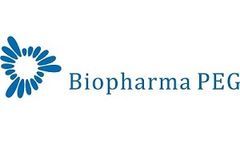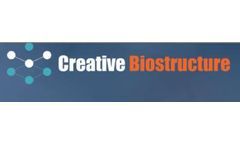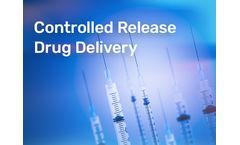Drug Loaded Articles & Analysis
31 articles found
Antibody-drug conjugates (ADCs) combine potent small-molecule drugs with monoclonal antibodies for targeted cancer therapy. A major challenge is loading enough drug onto each antibody without compromising solubility or circulation time. ...
The traditional electroporation drug loading method suffers from complex procedures and delivers low packaging rates together with significant trauma. ...
Antibody-Drug Conjugates (ADCs) represent a groundbreaking advancement in targeted cancer therapy, combining the specificity of antibodies with the potency of cytotoxic drugs. ...
It is used in dressings and other wound care products. l Drug Delivery: Researchers are exploring the use of bioglass as a drug delivery system. Its porous structure allows it to be loaded with drugs, which can then be released slowly over time as the bioglass degrades. ...
ByMatexcel
This characteristic makes them ideal for use in drug formulations that require prolonged exposure in the body. 2. Drug Loading CapacityAnother vital metric is the drug loading capacity of the copolymers. PLGA copolymers are known for their high drug loading capacity, ...
Role of Liposomes in Drug Delivery The structure of liposomes, consisting of an aqueous core enclosed by a lipid bilayer, allows for the encapsulation of both hydrophilic and lipophilic drugs. ...
Antibody-drug conjugates (ADCs) represent a groundbreaking class of therapeutics that combine the specificity of monoclonal antibodies (mAbs) with the potent cytotoxic effects of small-molecule drugs. ...
There are many different molecules in ADCs, and the difference between these molecules lies in the drug-to-antibody ratio (DAR) value and/or the site where the antibody binds to the drug. ...
By automating the exploration of this multidimensional parameter space, AI can help researchers rapidly identify the optimal processing conditions to achieve the desired material properties, such as molecular weight, mechanical strength, or drug-loading capacity. This AI-driven approach to materials synthesis optimization is particularly valuable in the context ...
The selection of hyaluronic acid, which improves the swelling capacity of the prescription and increases the speed of drug release and transdermal absorption efficiency. The use of hydrophobic mold material to prepare microneedles maintains the integrity of the needle shape and the uniformity of drug loading. Full analytical testing of ...
Conventional liposomes As a drug delivery system, traditional liposomes can change the pharmacokinetic properties and tissue distribution of tumor drugs, enhance the target aggregation concentration of drugs, and enhance drug efficacy. ...
This isn't science fiction, it's the cutting edge of drug delivery with drug-loaded liposomes. What are liposomes? Liposomes are microscopic spheres made from phospholipids, the same fatty molecules that make up cell membranes. ...
These biocompatible, water-swollen structures are formed with the incorporation of drug-loaded microspheres or nanoparticles. Their porous nature allows the sustained release of drugs, enhancing therapeutic efficacy. ...
Over the years, several innovative drug delivery systems have been developed to improve drug efficacy and patient outcomes. ...
Antibody drug conjugates (ADCs) are a new class of biopharmaceuticals that use monoclonal antibodies to target tumor cells to deliver potent cytotoxic drugs. ...
Hydrogel microneedle patches offer improved drug stability, increased loading capacity, and enhanced patient compliance due to their painless application and removal. ...
Additionally, spray drying, electrostatic spraying, and supercritical fluid technology are alternative methods utilized for microsphere production, each offering unique advantages in terms of scalability, uniformity, and encapsulation efficiency. Advantages of Drug Microspheres Drug-loaded microspheres have gained significant attention due to ...
Evaluation of Microencapsulation Performance To ensure the quality and efficacy of microcapsules, various parameters need to be evaluated. One such parameter is drug loading efficiency, which quantifies the amount of drug encapsulated within the microcapsules. ...
Nano-vesicles, also known as liposomes, have emerged as promising drug delivery systems due to their unique structure and properties. These tiny spherical lipid bilayers can encapsulate various therapeutic agents, including protein drugs. ...
This new approach to treatment incorporates patient perspectives into drug development. A key benefit is the keener focus on convenience and safe drug administration. ...










